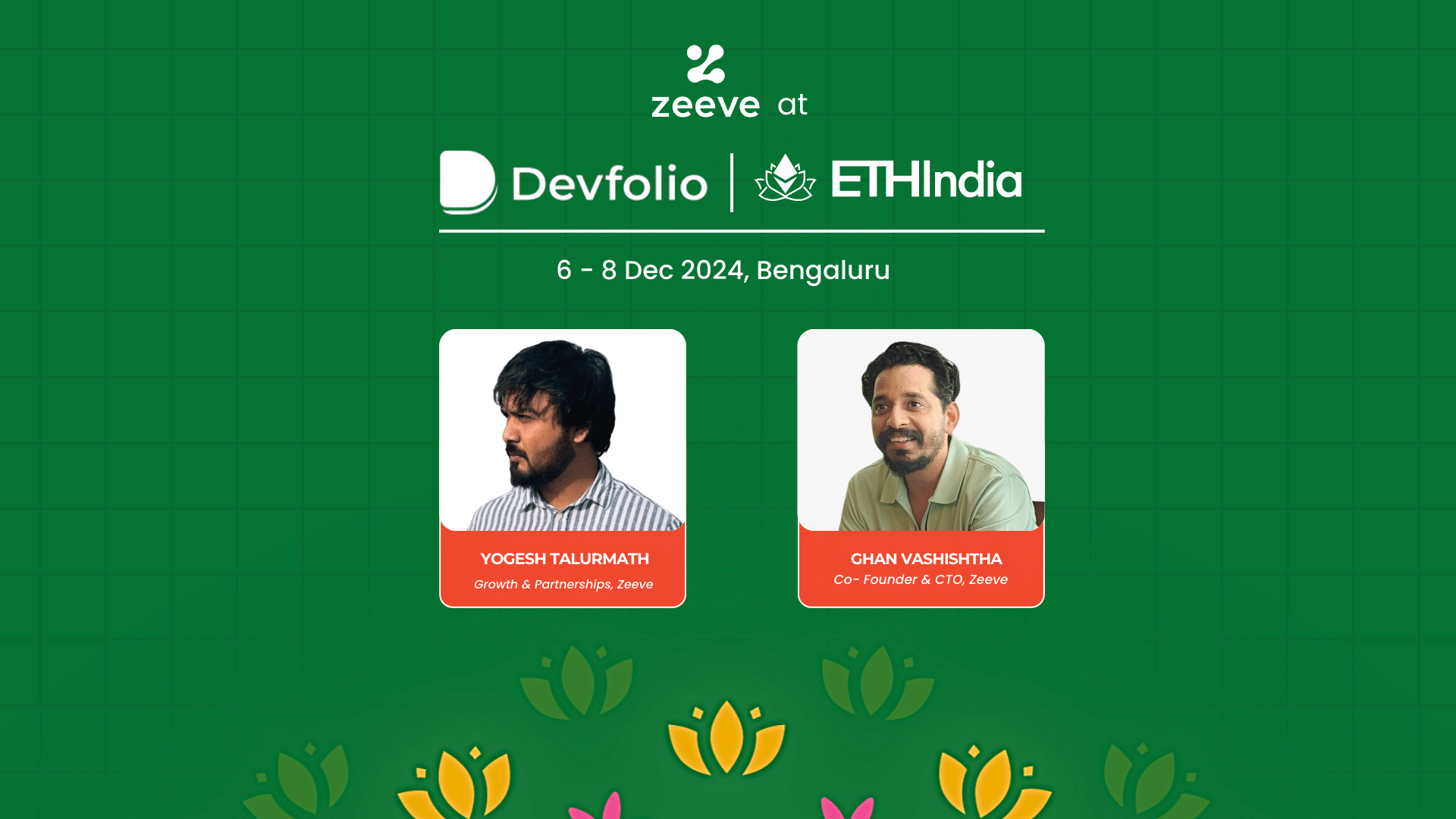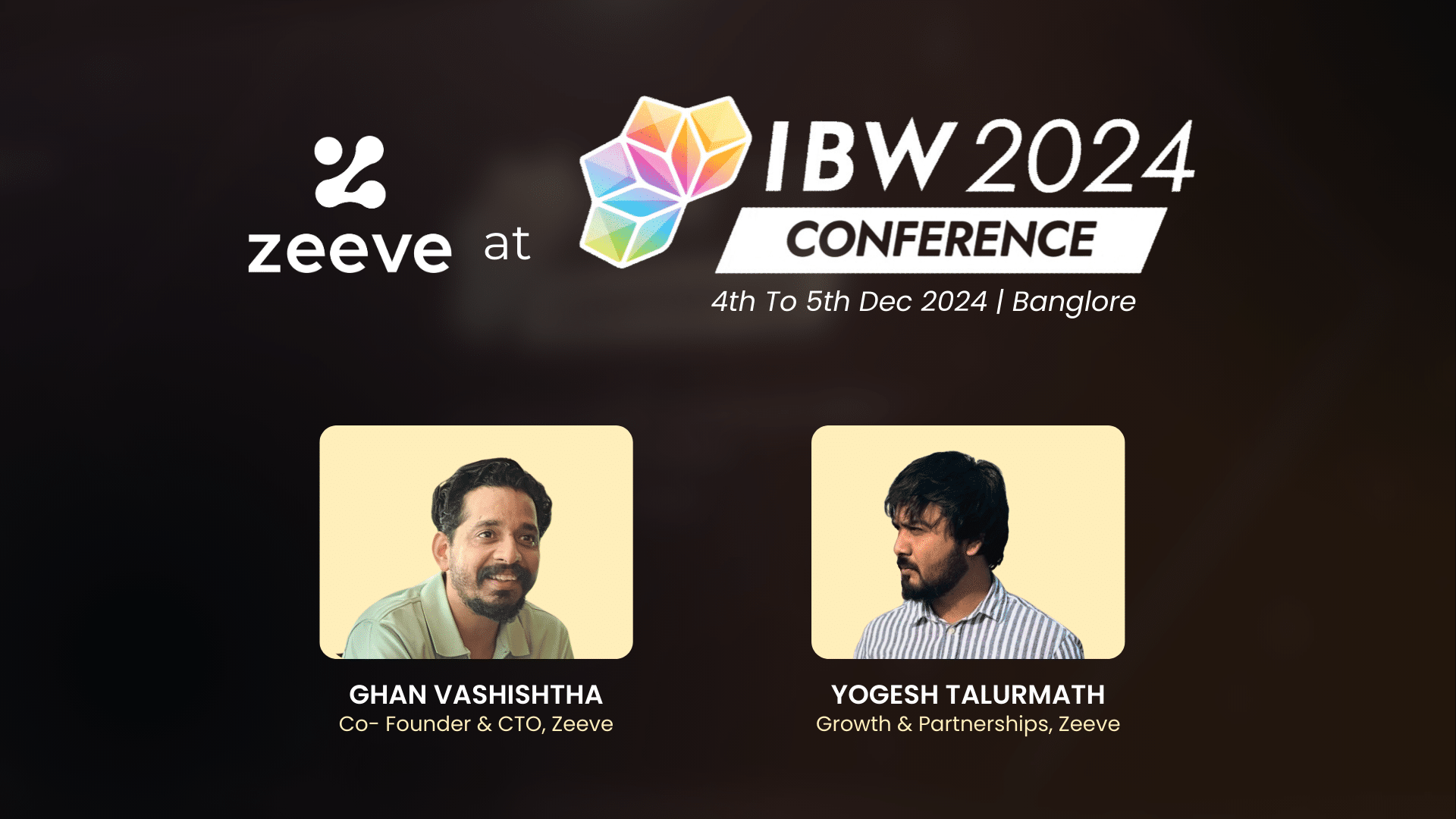Zeeve organized a webinar titled: “ Journey to Blockchain Scalability: A Close Look at Complete Scaling Solutions for L1 & L2 Chains.”
Dr. Ravi Chamria, CEO and co-founder of Zeeve, starts the webinar by briefly introducing the topic by discussing the concept of blockchain scalability and why it is an important topic in the blockchain space. He also explains that traditional solutions to scalability involve adding more infrastructure, but in the case of blockchain, scalability has a much broader meaning and is achieved through a consensus protocol.
Dr. Ravi discusses the concept of blockchain scalability and how it is limited by security and decentralization. He also mentions that achieving more security and decentralization will put a limit on the scalability of a system, which leads to the blockchain trilemma.
He even explains different solutions for scalability challenges on the blockchain. He adds that these solutions are divided into three categories: on-chain solutions, off-chain solutions, and app chains.
He also goes into detail about hard fork, soft fork, and sharding as on-chain solutions and how they can increase transaction throughput without compromising security and decentralization on layer one.
Dr. Ravi mentions different solutions for increasing the scalability of blockchains, both on-chain and off-chain. On-chain solutions include hard forks, segwit, and sharding.
He also explains how Layer Two (L2) solutions work in blockchain scaling. These solutions handle the transactional part of smart contracts by verifying, validating, and bundling transactions together before submitting them to Layer One (L1) for security and decentralization.
Dr. Ravi highlights the limitations and scalability benefits of using plasma and side chains in blockchain technology. On a plasma chain, transactions can only be fully committed once the dispute time is over, limiting the system’s scalability, as any transaction can be disputed within a given period.
Dr. Ravi further explains Layer 1 (L1) and Layer 2 (L2) solutions for Ethereum blockchain scalability. The theme is roll-ups, which are quite popular and makeup almost 95% of the Ethereum layer 2 market. Roll-ups work by bundling individual transactions into a batch before submitting it to the Ethereum chain. The two types of roll-ups are optimistic roll-ups and ZK roll-ups.
Dr. Ravi discusses the differences between optimistic and zero-knowledge snap roll-ups. Optimistic roll-ups use a “proof before submission” model, while zero-knowledge roll-ups do not have smart contracts or the ability to process arbitrary data.
As a result, ZK roll-ups can be reviewed much faster than optimistic roll-ups without a dispute period.
Dr. Ravi explains the concept of app chains and how they solve the challenges of launching one’s independent blockchain.
He also highlights that app chains are essentially side chains connected to the main chain, allowing for greater flexibility and independence regarding consensus, token economics, and transaction throughput.
Dr. Ravi discusses the concept of app chains and networks. These chains are interconnected with each other and the main chain and can handle transactions and deploy smart contracts.
He also mentions the leading players in this space are Polygon, Avalanche, and Substrate, among others. Additionally, Binance has launched a protocol called Near, and Cosmos has been a leader in this space, allowing users to create their app chains.
Dr. Ravi explains the concept of sharding for scalability. Sharding is a method for partitioning data across multiple nodes in a distributed database, which allows for the efficient processing and management of large amounts of data.
Dr. Ravi concludes the webinar by mentioning that Ethereum is part of its significant upgrades on the Ethereum 2.0 sharding. It is considered very scalable and efficient in handling increased numbers of transactions.
Lastly, expressing his gratitude to the audience, he encourages viewers to connect with Zeeve on various social media platforms to learn more about their services.
Check out our previous videos on the Zeeve interface, deployments, podcasts, presentations, explanations, and more.
To build on Zeeve – https://app.zeeve.io/
Follow Zeeve on Twitter – https://twitter.com/0xZeeve
Follow Zeeve on LinkedIn – https://www.linkedin.com/company/0xzeeve
Follow Zeeve on Medium – https://medium.com/zeeve







